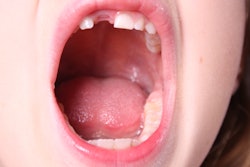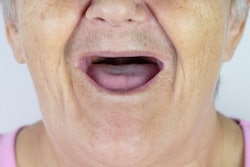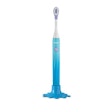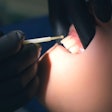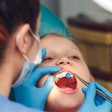
The prevalence of dental enamel defects and recurring oral lesions may be far more common in children with celiac disease, according to a systematic review published on September 15 in the Journal of Pediatrics and Child Health.
Since celiac disease is known to cause oral cavity manifestations, including some that may precede gastrointestinal symptoms, children presenting with oral lesions and enamel defects should be screened for this chronic immune disorder that is triggered by the ingestion of gluten, the authors wrote.
“Dental examination can be used as a screening tool facilitating the proper identification of patients with CD (celiac disease),” wrote the authors, led by Dr. Paula Piekoszewska-Ziętek of the department of pediatric dentistry at the Medical University of Warsaw in Poland.
Celiac disease is a common condition affecting about 200,000 people in the U.S. The disease leads to damage of the intestinal lining and causes diarrhea, bloating, and anemia. Unfortunately, certain patients remain asymptomatic or present unspecific symptoms, which can impede diagnosis. Many times, patients aren’t diagnosed until they are adults.
To better understand the association between oral conditions and celiac disease in children, a systematic review was conducted. After a comprehensive look through the databases, 34 studies published in English with full text available between January 2000 and December 2022 regarding children and adolescents under the age of 20 were included in the study.
Overall, the review determined a higher incidence of numerous oral manifestations related to the hard and soft tissues in children diagnosed with celiac disease, the authors wrote.
In those diagnosed with celiac disease, the prevalence of dental enamel defects ranged from 17.9% to 83.5% (p < 0.047). The prevalence of recurring aphthous stomatitis ranged from 8.3% to 69% (p <0.039), the authors wrote.
The results are consistent with other previously conducted systematic reviews and showed that recurring aphthous stomatitis and dental enamel defects were three times more common in patients with celiac disease compared to healthy people. Its incidence was about 50% in those with celiac disease compared to 10% to 20% in the general population, they wrote.
If gastroenterologists and dentists cooperated, it could increase the early detection of celiac disease, they wrote.
“Therefore, given that dental examination is non-invasive, it could be used as a screening tool facilitating the proper identification of patients in advance of the diagnosis of CD,” Piekoszewska-Ziętek et al wrote.





